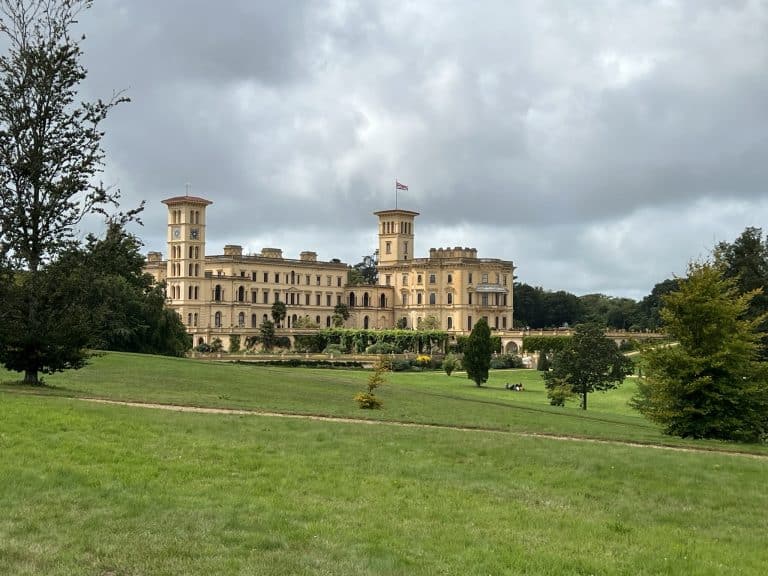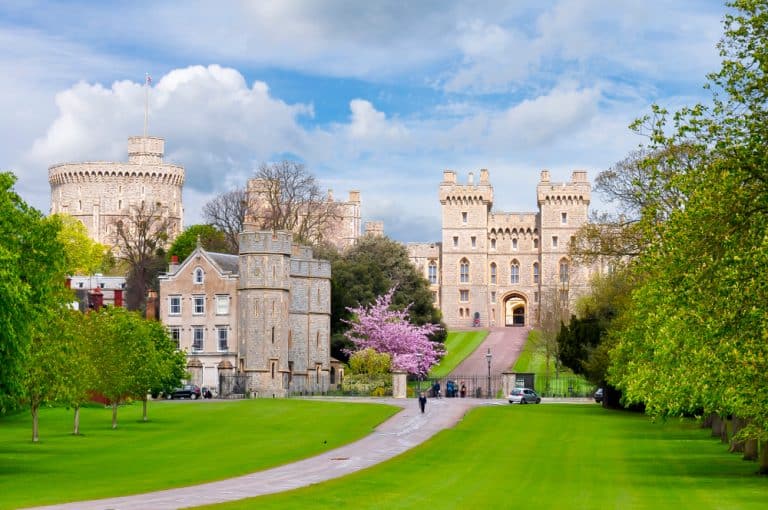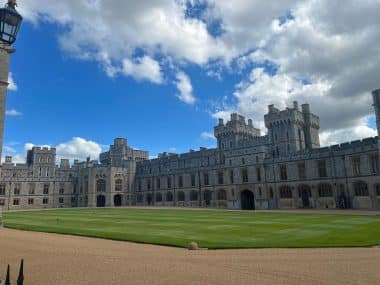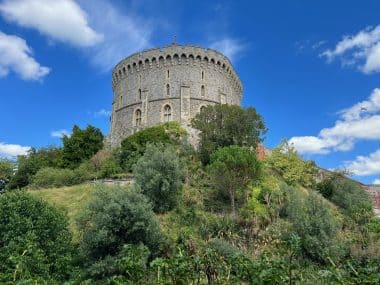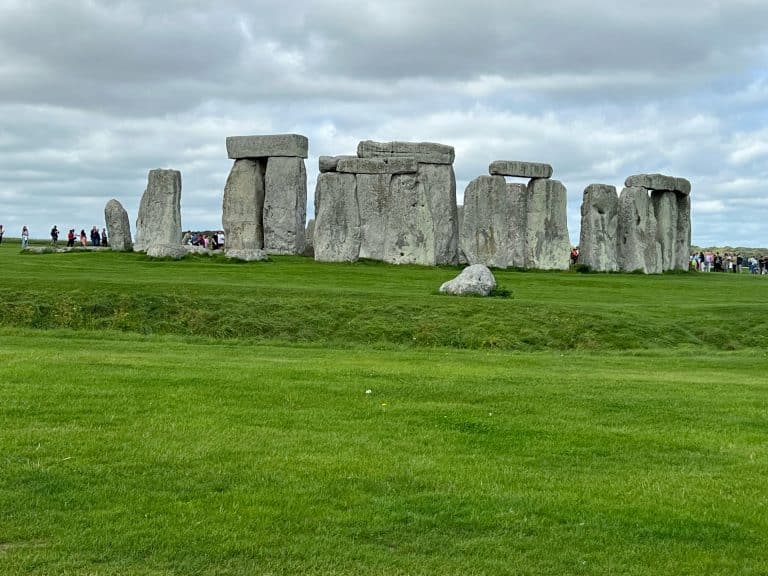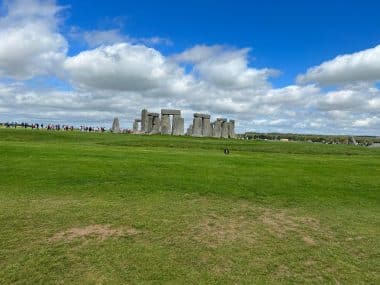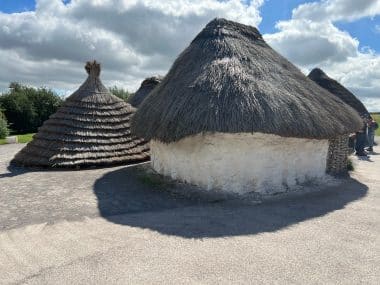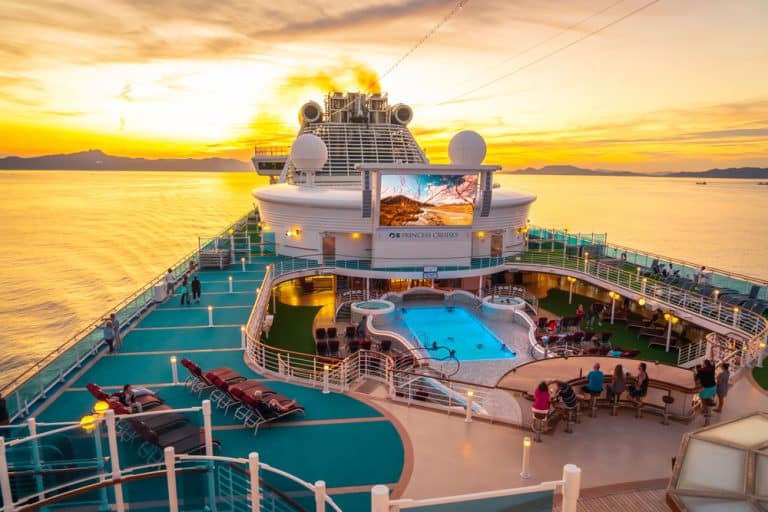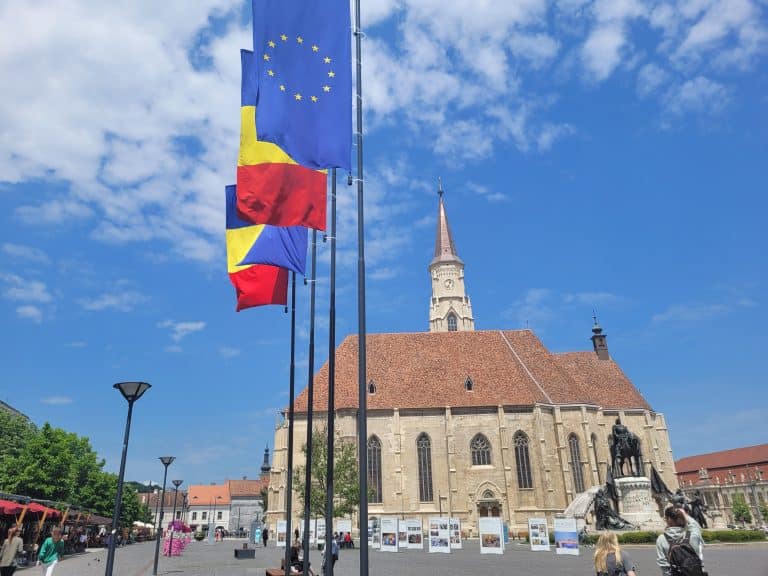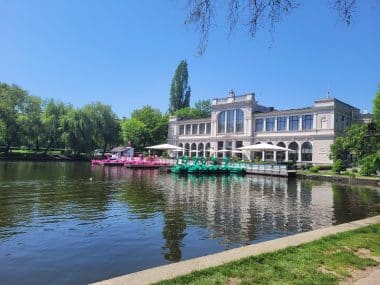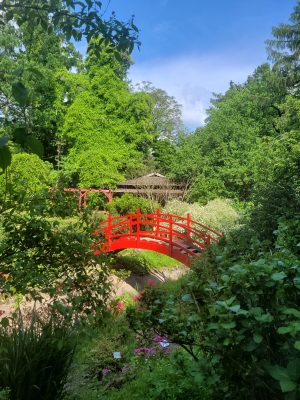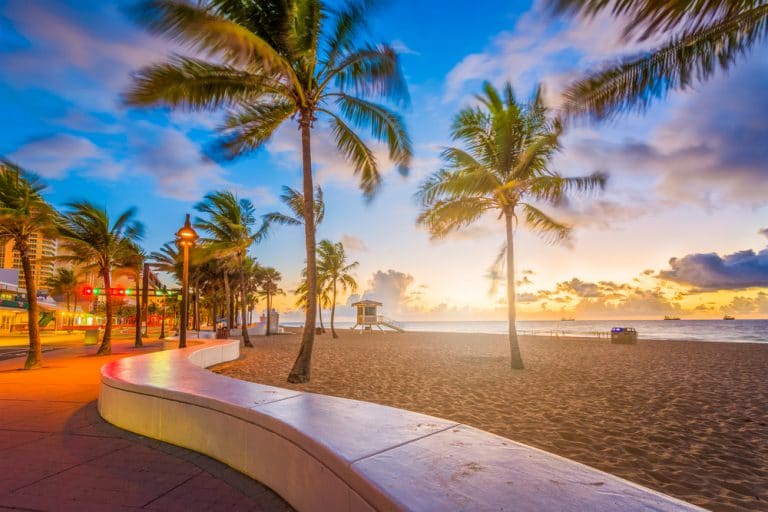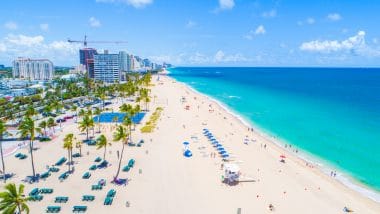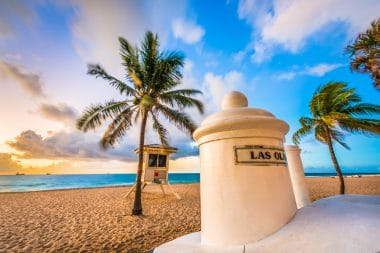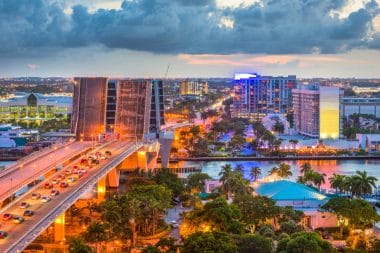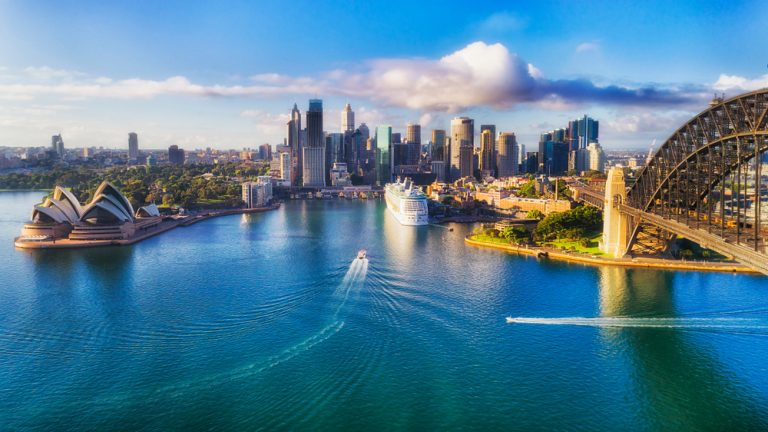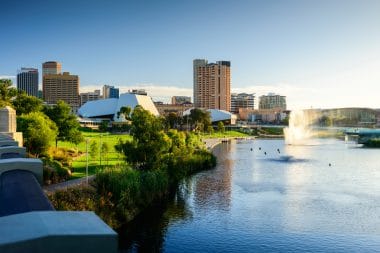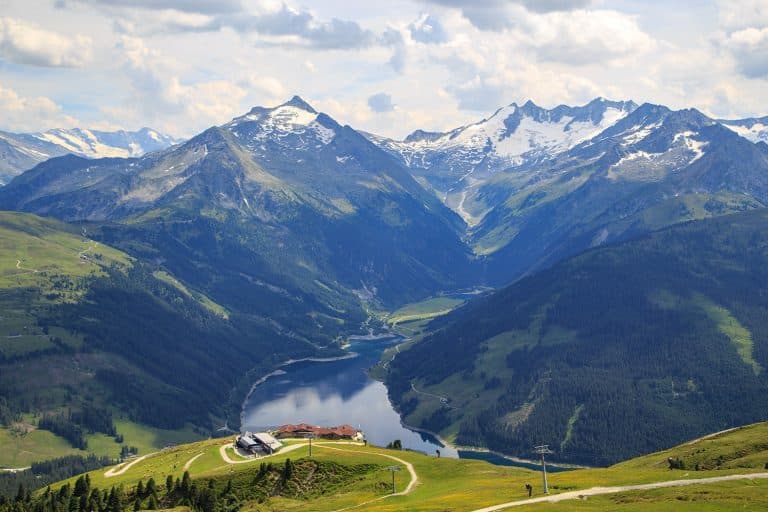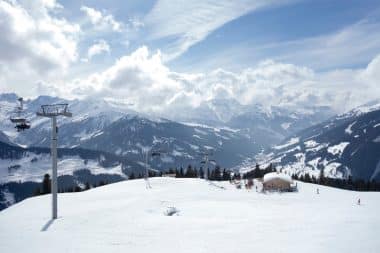The United Kingdom is peppered with historical treasures that tell stories of bygone eras. One of these remarkable gems is Osborne House, a magnificent royal retreat on the Isle of Wight. Nestled in stunning scenery, this estate tells the story of Queen Victoria and her beloved Prince Consort, Albert, while mesmerizing visitors with its beauty and historical significance.
A royal oasis by the sea
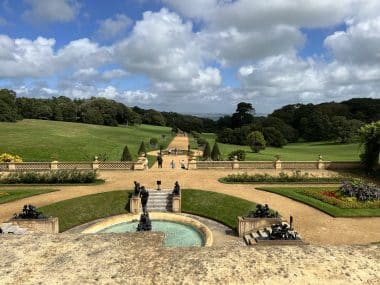
Osborne House, built between 1845 and 1851, was Queen Victoria and Prince Albert’s personal escape from the constraints of royal life in London. Its location on the north-east coast of the Isle of Wight provided the ideal backdrop for this royal retreat. The picturesque gardens, majestic beaches and views of the Solent – the strait between the island and the British mainland – created a peaceful oasis for the royal family to get away from it all.
Architectural splendor and royal glimpses
The architecture of Osborne House reflects the tastes and preferences of the royal residents. The Italian Renaissance style dominates the main building with its elegant façade, magnificent interiors and a striking clock tower. Visitors can explore the interior of the house, which is furnished with original furniture, artwork and personal belongings of the royal family. From the royal private rooms to the reception halls, the house offers a fascinating insight into the life and era of Queen Victoria and Prince Albert.
The Swiss Hut and the beaches
A special highlight of Osborne House is the charming Swiss Hut – a gift from Prince Albert to Queen Victoria. This rustic refuge, surrounded by lush forests, served as an intimate retreat for the royal family. It was here that the queen was able to create her works of art and enjoy moments of tranquility. The proximity to the sea also allowed the royal family to take advantage of private beaches, including the popular Durbar Beach, named after the colorful events in India .
Gardens, terraces and views
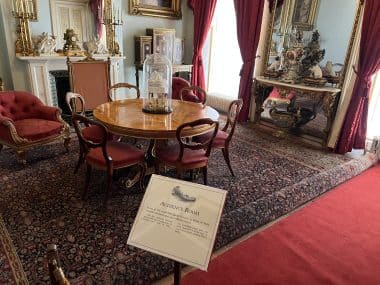
The gardens of Osborne House are another highlight that amazes visitors. The terraced gardens extend from the house down to the sea and are a paradise for garden lovers. Exotic plants, lush flower beds and fragrant trees create a picturesque backdrop. The terraces also offer breathtaking views of the sea, which only confirm the royal choice of this place as a refuge.
Preserving and experiencing heritage
Today, Osborne House is owned by English Heritage and serves as a museum that sheds light on the history of the royal family and their connection to this unique place. Visitors can explore the sumptuous rooms, admire the terraced gardens, and experience the intimate atmosphere of the Schweizer Hütte. Regular events, exhibitions and activities bring history to life and offer visitors an unforgettable journey into the royal past.
Result
Osborne House on the Isle of Wight is far more than just a royal estate – it’s a window into the past that brings to life the personal preferences and lives of Queen Victoria and Prince Albert. The combination of impressive architecture, stunning gardens and an idyllic coastal location makes Osborne House an essential destination for history and culture enthusiasts. A visit to this royal hideaway is a trip down memory lane that will be remembered for a long time.


